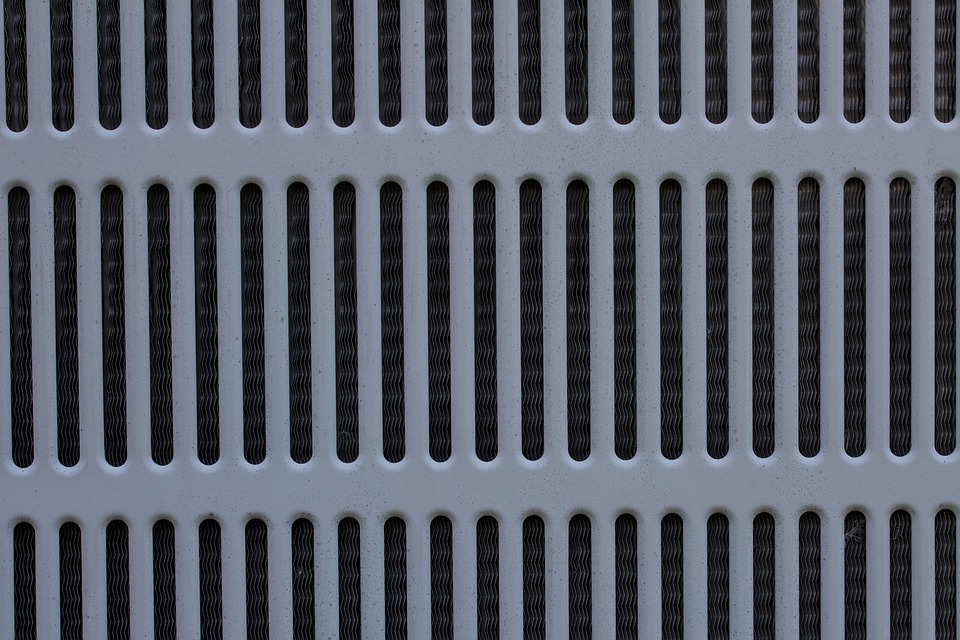 What things should you look into when you want to buy an air conditioner? How would you pick one air conditioner instead of another?
What things should you look into when you want to buy an air conditioner? How would you pick one air conditioner instead of another?
You need to understand all this before you begin buying, notably if you’re not buying with a specific retailer.
The Top 3 Things to Consider When Buying an Air Conditioner
The important things to consider at the start are the technical details, particularly, the generation power, energy consumption, and the noise.
1 The most reliable air conditioner for summertime/ Power Generation
First Rule: You will find a smaller unit that runs longer to be more productive. A big air conditioning unit that takes many breaks during the cooling will lead to a longer operating cycle and will not retain the right level of humidity. The best air conditioner will keep a corresponding moisture level of 30% to 50%.
2 Energy efficient
You should always go for the unit that delivers you with energy efficiency. EnerGuide labels render data on each unit’s production. The SEER (seasonal energy efficiency ratio) evaluation models performance. The higher the grade, the less energy the system will utilize. This data is beneficial for picking between two units with comparable highlights.
Merchandises with the ENERGY STAR mark are confirmed to adhere to the most rigorous energy-efficiency criteria. Presently, stocks with the ENERGY STAR label must carry a SEER of no less than 14, but some air conditioning units in the market give a SEER of 21!
3 Noise Level
Check the regulation and bylaws of your building before you purchase the air conditioner. These laws will determine the acceptable noise the building will perming for the air conditioners. Any noise lever nearing or over 80db can disturb you and your neighbors. You can check the technical specifications to check the noise level of the air conditioner.
Is it Better to Buy Air Conditioning for the Whole House?
The size of the air conditioners depends on the dimension of the house or area you want to cool. A single unit can handle one to two rooms of around 100 to 500 sqft in area. You can install a centralized air conditioning unit for the whole house, but it is a costly purchase when compared with standalone air conditioners.
The Options in Standalone Air conditioners:
You will have three common types of air conditioners – window, wall-mounted, and portable.
The window air conditioning is always best for small rooms, and it is an affordable option as well. The downside of a window air conditioner is that it makes more noise, and will take space or block your windows. You also need to re-install the system and store it in respective seasons.
– Standard price starts at $300
Wall-mounted air conditioners usually are more costly, but more subdued in the noise generation. The installation of the unit is on the metal sleeve, on the outer wall.
– The standard price starts at $800.
Mobile or transportable air conditioners with similar power ranks are costly and have limited productivity. These units fit with casters. You’ll need to connect an exhaust vent for the heated air they produce and empty the condensation revenuer periodically.
– The Standard Prices start at $900.
Installing the Central Air Conditioning Units
Some air conditioners are for large spaces, for places where there is no installation of a ductwork system.
Split-system air conditioning incorporates a compressor and condenser connected outside the home and one or more cool air dispensers at a central placement, on the wall, close to the roof. It gives a cooling range that goes from 9,000 to 35,000 Btu/h.
– The standard price starts at $2,500.
Cassette ceiling-mounted air conditioners are connected in the dormer and circulate cold air by adjustable ducting to grilles that are in mounts on the ceiling. The positioning of the unit makes it challenging to maintain and clean. Another drawback of these systems is that air leaks can happen from the roof and the duct condensations.
– The standard price starts at $6,500.
Besides these systems, central units require connection to the ductwork. The cooling capacity can reach an impressive five tons that correspond to 60,000 Btu/h.
Central heat pumps are different because they do dual function: the air conditioning arrangement can be converted to produce heat throughout the winter. These large systems settings are outside the home and serve to be high-priced and loud. Be cautious of encouragements of extraordinary savings.
– The standard price starts at $4,000.
Central air conditioners are just as reliable and active, with a condenser placed outside the home. The other part, an evaporator, is attached to the central heating arrangement, and cold air distributes everywhere in the house from the air-conditioning ducts.
– The standard price starts at $3,000.
Are you renting the unit?
You can also contract vertical and horizontal window units and transportable air conditioners for the summertime. Depending on the design and cooling you want, the average rent of a 10,000 Btu/h horizontal window unit for a period of half a year could be anywhere between $250 to $350.